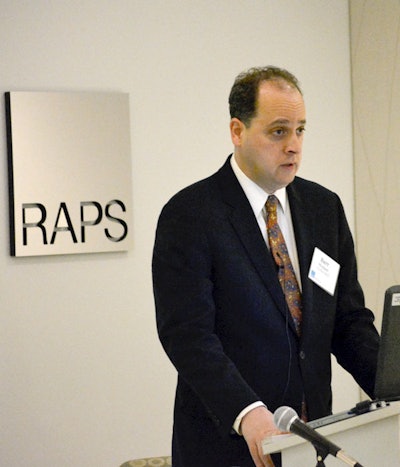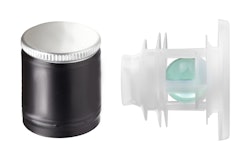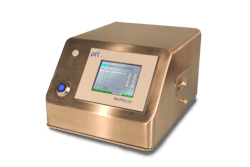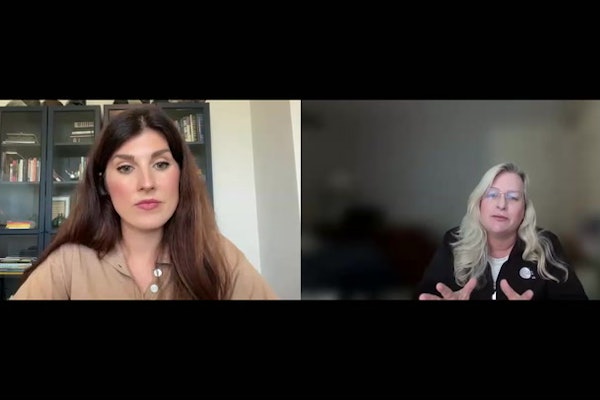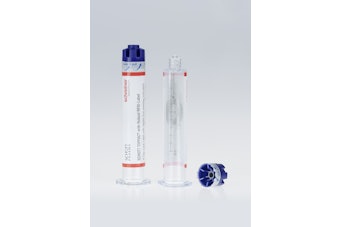During RAPS’ and the Combination Products Coalition’s (CPC), April 1, 2015 workshop on current Good Manufacturing Practice (CGMP) for combination products, U.S. Food and Drug Administration’s Lead Presenter, John Barlow “Barr” Weiner, paused briefly to acknowledge the date’s popular connotation. “I just realized I should’ve inserted some sort of April fools [joke] in this presentation, said Weiner, who is the Associate Director for Policy and Product Classification in FDA’s Office of Combination Products (OCP).
To no one’s surprise, there were no jokes or pranks pulled during the workshop, which was attended by around 40 people in RAPS’ office in Rockville, MD, with another 100 or so listening to the live webcast. Attendees were there or tuned in to hear from FDA on its draft guidance covering CGMP for combination products.
and for the opportunity to ask questions of Weiner and nine of his FDA colleagues in attendance. The presentation was geared toward regulatory professionals working for manufacturers and developers of combination products, consultants, and legal counsel involved in compliance.
Value to FDA and industry
This was the third RAPS/CPC CGMPs for combination products in the past six years, and all have provided a similar opportunity to interact directly with FDA officials. Commenting about the previous workshop, one of the event’s organizers, Brad Thompson of Epstein Becker & Green, said during his opening remarks, “I found it incredibly helpful as we prepared our comments, to be able to ask questions.”
Attendees are not the only ones who find the exchange valuable. All three workshops have featured significant participation by FDA officials. For them, the session provides a unique opportunity to hear questions and concerns directly from industry and to find out whether the guidance is well understood by some of its important stakeholders, said Weiner.
Weiner emphasized that the agency values stakeholder comments and encouraged attendees to submit theirs by the April 29 deadline, saying, “We really are looking forward to getting as many comments as we can get.” He also advised those submitting comments to be as precise and practical as possible.
The challenge of combination products
Combination products are those that consist of two or more different types of products, such as a drug/device combo like a prefilled syringe. The regulatory challenge inherent with combination products is that there are many different combinations of different products so no one set of manufacturing rules will apply to them all. FDA’s draft guidance is an attempt to clarify how to apply the agency’s rules to different situations.
There are three kinds of combination products recognized by FDA: single-entity, like the prefilled syringe; co-packages, which are two or more products “kitted” together; and cross-labeled products, which are distributed separately but intended to be used together.
Demonstrating compliance
For cross-labeled combination products, the rule is straightforward, said Weiner: “You simply look at the requirements for the constituent part, and that’s it.” For single-entity and co-packaged products, there are two ways to demonstrate compliance with CGMP requirements.
“Under the first option, manufacturers demonstrate compliance with all CGMP regulations applicable to each of the constituent parts included in the combination product,” according to the guidance.
The other option is to use the streamlined approach. Under the streamlined approach, manufacturers can choose the regulatory base of their product as a drug or a device, and augment that with systems to demonstrate compliance with specific provisions from the other set of requirements that are specific to that type of constituent part. In this approach, FDA is looking for the manufacturers to tell them whether they are complying with the rules under 21 CFR 211 (drugs) along with select aspects of 21 CFR 820 (devices) or vice versa. This base is not dependent on the product’s primary mode of action or application type. Weiner acknowledged that here has been confusion on this point. He also pointed out that if there are any biologic or human cell, tissue, and cellular and tissue-based products (HCT/Ps) elements of the product, compliance with those requirements must be demonstrated as well.
Weiner emphasized the broad nature of the guidance. He said FDA anticipates that questions from industry will focus on specific products, and the guidance won’t be able to address every single product. “Not everything can be resolved in the abstract,” he said, and encouraged manufacturers’ regulatory staff to call FDA to discuss any specific products or situations.
Questions and answers
Weiner covered some of the guidance’s main points, and then a panel of his FDA colleagues joined him to take questions from attendees—both those who attended in Rockville and online. Panelists represented FDA’s Center for Drug Evaluation and Research (CDER), Center for Biologics Evaluation and Research (CBER), Center for Devices and Radiological Health (CDRH), Office of Regulatory Affairs (ORA), and OCP.
In addition to Weiner, the panelists were: Steve Hertz, Office of Pharmaceutical Quality, CDER; Jay Jariwala, Office of Compliance, Division of Manufacturing Quality, CDER; Ed Patten, Office of Compliance, CBER; Francisco Vicenty, Office of Compliance, Division of Manufacturing Quality, CDRH; Rakhi Dalal, Office of Compliance, Division of Manufacturing Quality, CDRH; Melissa Torres, Office of Device Evaluation, CDRH; Melissa Burns, OCP; and James Dunnie, Division of Medical Products, ORA.
The panel responded to attendee questions about requirements for reserve samples, the timeline for demonstrating compliance of legacy products, and other specific scenarios. James A. Boiani, MS, JD, of Epstein Becker & Green, presented an industry perspective on FDA’s guidance, highlighting areas where the guidance has improved clarity, and some where additional clarification may still be needed. His presentation covered design controls, convenience kits, relationships, and responsibilities of Marketing Authorization Holders when coordinating multiple parties and a few other areas.
Examining specific situations
At lunchtime, attendees broke into groups to work on five different case studies. Webcast attendees also participated and were randomly assigned to one of the case studies. The online attendees had the same objectives and goals as the in-person groups, and their feedback was included in the case study discussions. Case studies examined kits and co-packaged products, products with the drug as the primary mode of action, design control issues, products with the device as the primary mode of action, and roles and responsibilities.
For information on future RAPS webcasts, workshops and events, visit the RAPS event calendar.
RAPS is the largest global organization of and for those involved with the regulation of healthcare and related products, including medical devices, pharmaceuticals, biologics, and nutritional products. Founded in 1976, RAPS helped establish the regulatory profession and continues to actively support the professional and lead the profession as a neutral, non-lobbying nonprofit organization. This article was written by Zachary Brousseau, Senior Manager, Communications, Regulatory Affairs Professionals Society.
